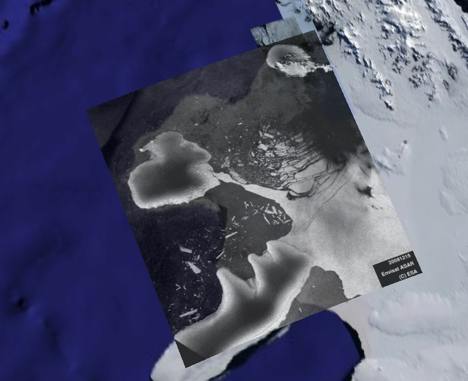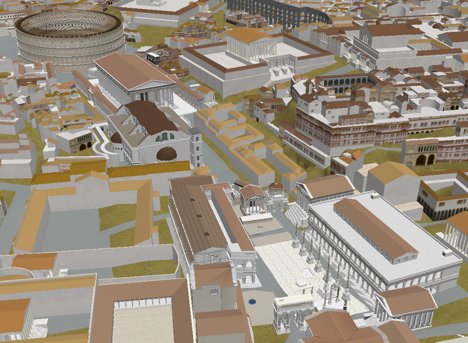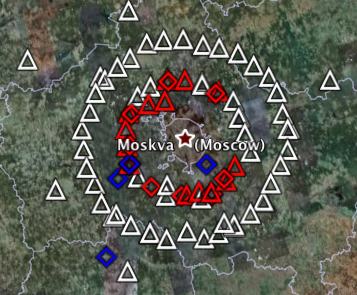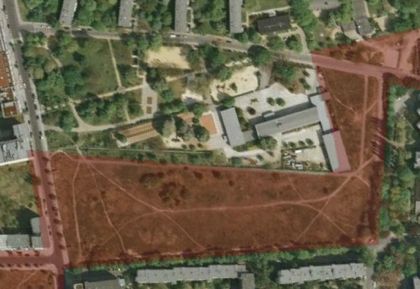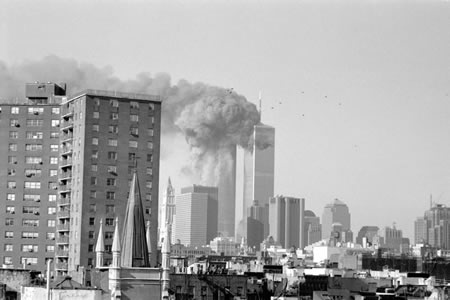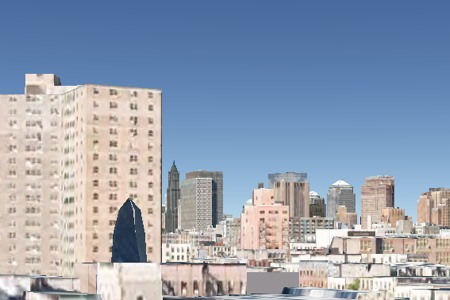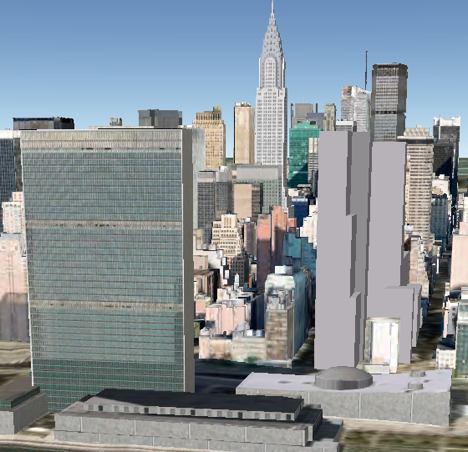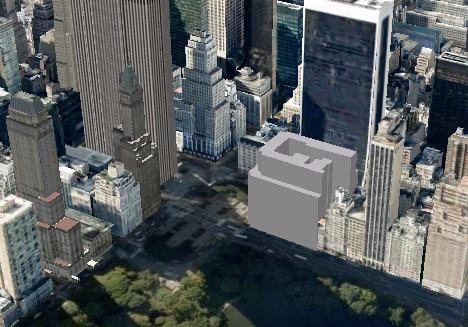Understandable revulsion at the terror attacks on Mumbai has alas become intertwined with an idiotic need for indiscriminate blame-mongering and grandstanding — a local lawyer has now filed a petition in Bombay High Court demanding that all imagery of India be removed from Google Earth.
The petition filed by Mumbai-based lawyer Amit Karkhanis has demanded removal of images of the country from Google Earth.
“In the alternative, I have demanded that at least the images of vital installations in the country be blocked,” said Karkhanis.
“The petition is filed against the backdrop of terror attacks in Mumbai,” he said. “Even images of nuclear plants and defence establishments are available on this site. It is a security hazard,” he added.
What’s wrong with this story? Let us count the ways.
The terrorists didn’t attack “sensitive” targets like nuclear power plants or military bases. They attacked public spaces in the middle of a city, accessible to everyone with a camera, and visible on thousands of different kinds of maps. Google Earth’s imagery is the best of the bunch, perhaps, but not unique or irreplaceable. Removing it would not have prevented this attack.
Forcing Google to make imagery of India inaccessible to users of Google Earth in India would mean that everyone but people in India could access the imagery. Considering that the planning for the attacks likely took place outside India, such a ban would have achieved nothing, security-wise. And let’s not forget that people sophisticated enough to use VOIP to coordinate their attacks are also likely to know about proxy servers.
Karkhanis’s argument, if he were being consistent, is that progress must be stopped because it cannot be controlled. Because we cannot force people to use maps, mobile phones, GPS and the internet only for good, we must ban their use completely, even if the amount of good they do far outweighs the amount of evil they enable.
The Times of India (TOI) has further clues that Amit Karkhanis is not that clever:
The advocate, in his [petition], said the premium edition with a subscription of US $400 allowed even real-time maps and updates to be accessed. Even the pictures of the ongoing construction of the Worli-Bandra Sealink were available on the site, Karkhanis noted.
That’s just pure fantasy. The dataset is the same for both the free version and the paid version. (It would be really cool if real-time updates were possible, however:-)
One more fact check: TOI continues to claim, despite it being blatantly not the case and despite an on-the-record denial by Google, that Google had previously agreed to blur sensitive sites in India:
Last February [in 2007], as TOI had reported, the Indian government and Google Earth had agreed to show “fuzzy, low-resolution or distorted pictures” of sensitive military and scientific establishments on the web.
So perhaps the kind of media that manages to consistently misreport a verifiable fact should share the blame for this latest legal embarrassment. Amit Karkhanis probably reads TOI uncritically.
In sum, there is not much to worry about — anyone can file this kind of petition, and a modicum of critical thinking will lead to its dismissal.
In the meantime, UK’s Times Online has a balanced piece that raises the question of how India’s upcoming official mapping service, Bhuvan, is meant to show India after Mumbai’s terror episode. Bhuvan’s backers say it will have imagery of India that is more frequently updated and of higher resolution that Google Earth, though with censored sensitive sites. Do those sites include central Mumbai now? Or can Bhuvan predict where terrorists will strike next and automatically blur those places? If not, is the Indian government prepared for news that a potential future terror attack in say, downtown Calcutta, was planned with Bhuvan?

